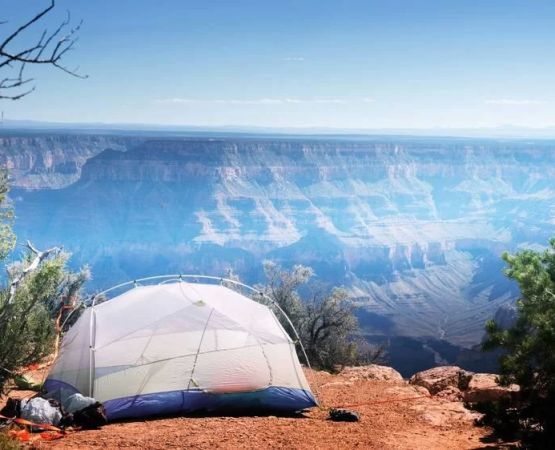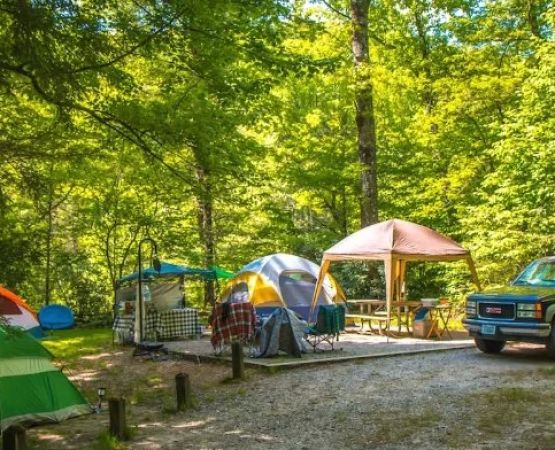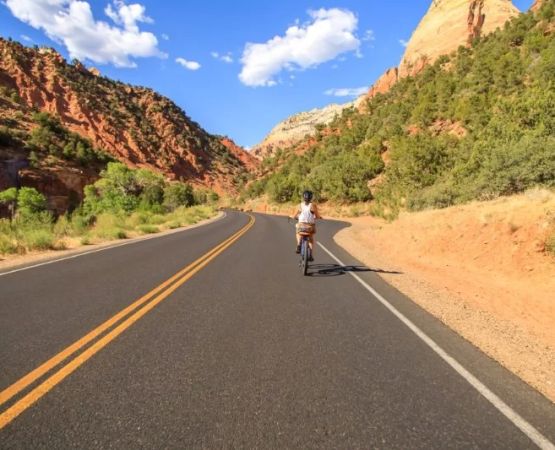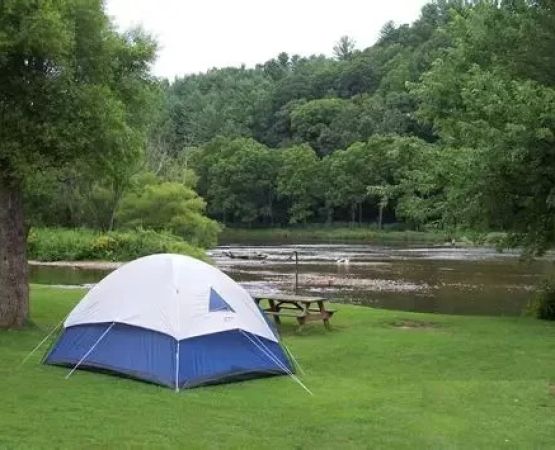Getting Comfortable with Your Camp Axe
When I first set out on my camping adventures, one of the first tools I invested in was a good camp axe. A camp axe is one of those versatile tools that can make a huge difference when you’re out in the wilderness. Whether you’re chopping wood for a fire, clearing a campsite, or gathering kindling, having a reliable axe is essential. But with great power comes great responsibility, so learning how to use a camp axe safely is crucial.
At first, the idea of swinging an axe around felt intimidating. But after spending some time learning the ropes, I realized that using a camp axe is not only a necessary skill but a rewarding one. In this article, I’ll walk you through how to use a camp axe safely and confidently, drawing from my own experience and lessons learned along the way.
1. Choosing the Right Camp Axe
Before you even pick up an axe, it’s important to choose the right one for your camping needs. The camp axe you select should feel comfortable in your hands and be suitable for the tasks you expect to perform. For example, a smaller axe with a 14-20 inch handle is great for lightweight tasks like chopping small firewood and clearing brush. If you're working with larger logs or need to fell small trees, consider a longer axe with a heavier head for more leverage.
Always inspect the axe before use. The head should be securely attached to the handle, and the blade should be sharp. A dull blade is not only inefficient but also dangerous, as it can cause the axe to slip or require more force than necessary. Sharpening the blade before each trip is a good habit to get into.
2. Safety First: Protect Yourself and Others
Safety is always my top priority when using a camp axe. This tool, while incredibly useful, can also be dangerous if not handled properly. Here are a few safety tips that have kept me safe during my camping trips:
Wear Protective Gear
Never underestimate the importance of wearing protective gear. I always wear gloves to get a better grip on the handle, reduce vibrations, and protect my hands from the blade. Steel-toed boots and long pants are also a good idea, as they protect your legs from accidental swings and flying debris. A helmet might seem overkill for some tasks, but if you're working in an area with falling branches or trees, it’s worth considering.
Maintain a Safe Work Area
Before using the axe, make sure your surroundings are clear. I always take a moment to check for obstacles or hazards like rocks, branches, or other people. I also make sure that no one is within reach of my swing – an accidental miss can cause serious injury. If you’re working in a group, it’s a good idea to establish a “no-go” zone around you, ensuring that everyone keeps their distance while you’re swinging the axe.
Check Your Grip
Your grip is one of the most important aspects of using a camp axe safely. I always make sure to grip the axe with both hands: my dominant hand closer to the axe head and my non-dominant hand near the end of the handle. This grip allows me to maintain control and leverage while swinging. A solid grip also helps me avoid the axe slipping from my hands, which can lead to accidents.
3. Proper Technique for Using a Camp Axe
When I first learned how to use a camp axe, I quickly realized that technique plays a significant role in both safety and efficiency. Swinging an axe may seem straightforward, but using the proper technique makes the process much smoother and safer. Here are some tips I’ve learned over time:
Stance and Swing
One of the most important things to get right is your stance. I always stand with my feet shoulder-width apart, facing the target with my knees slightly bent for balance. When I swing the axe, I always use my whole body – not just my arms. I twist my torso slightly to generate power from my hips and core. This technique allows me to deliver a clean, controlled strike.
Avoid Overreaching
When I first started out, I used to think that bigger swings meant more power. However, I quickly learned that overreaching can be dangerous and ineffective. Instead, I focus on controlled, efficient swings. The best strikes come from a short, controlled motion where the axe falls directly on the target. Trying to swing too hard can lead to fatigue, loss of control, or even injury. I always aim for the target with precision rather than force.
Chopping vs. Splitting
There’s a big difference between chopping and splitting, and each requires a slightly different technique. When chopping, I always aim for the center of the log with each swing, using a fluid motion to strike downward. For splitting, I focus on the grain of the wood, aiming for a crack or weak point in the log. This requires a bit more accuracy and concentration, but with the right approach, splitting becomes an easy task.
4. Maintenance and Care of Your Camp Axe
Maintaining your camp axe is key to ensuring its longevity and safety. Over time, I’ve learned that regular care is essential for keeping the axe in top shape and preventing accidents. Here’s what I do to maintain my axe:
Keep the Blade Sharp
A sharp blade is a safe blade. I regularly sharpen my axe using a sharpening stone or file to ensure it remains effective and easy to control. A dull axe requires more force to cut through wood, which can lead to slipping or straining. By keeping the blade sharp, I can work with more precision and less effort.
Clean After Use
After each use, I clean my axe to remove sap, dirt, and moisture. This prevents the wood from becoming slippery and helps the blade stay sharp for longer. I also oil the handle to keep it smooth and prevent it from drying out or splintering. If the axe head becomes loose, I make sure to tighten it before using it again.
Storage
Proper storage is essential for keeping your axe in good condition. I always store my axe in a dry place, away from moisture. If you store it in a damp area, the wood handle could rot, and the metal head could rust. I also keep it in a protective sheath or cover to prevent accidental damage to the blade.
5. Real-Life Story: How a Camp Axe Saved the Day
Let me share a quick story from one of my camping trips where a camp axe came to the rescue. A few years ago, I was camping with friends when we realized that we didn’t have enough firewood for the evening. We had a small saw, but it wasn’t quite up to the task of cutting through the thicker logs we had. That’s when I grabbed my camp axe and got to work.
Using the proper technique, I quickly chopped through the logs, creating enough firewood for the entire evening. The axe made all the difference, and it was one of those moments that reminded me of the importance of being prepared and knowing how to use your tools safely. Without the camp axe, we would have had a very cold night!
Final Thoughts on Using a Camp Axe Safely
Using a camp axe is an essential skill for any outdoor enthusiast. With the right technique, safety precautions, and maintenance, you can make the most of your axe while staying safe. The more you practice, the more confident you’ll become with your axe, and the more enjoyable your camping trips will be. Remember to always respect the tool, take your time, and prioritize safety – the woods are much more enjoyable when you do!






